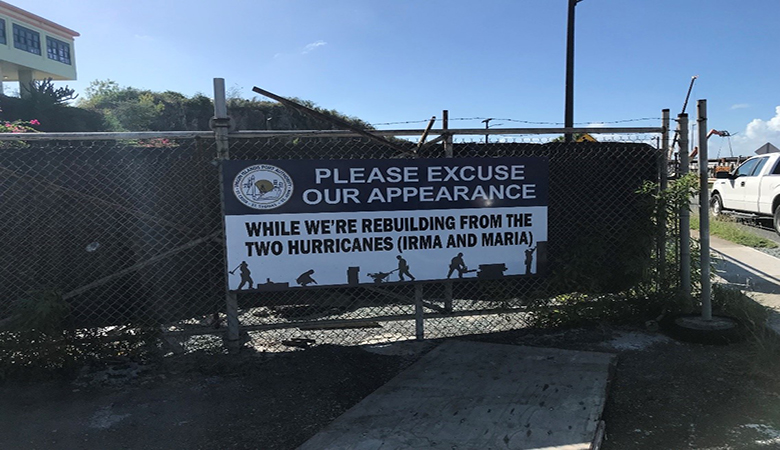Transportation Emergency Management

Incorporating Planning, Resilience, and Preparedness to All Hazards, Across All Modes
Emergency management is a holistic framework that increases a community’s resilience and reduces its vulnerabilities to all hazards. Recent events—from natural disasters to supply chain disruption, from rail and plane incidents to infrastructure vulnerabilities, from terrorism to oil spills, and from hazmat incidents to a global pandemic—have underscored the need for a coordinated response across governments and disciplines, with communities, the public, and the private sector, the need to identify gaps in community readiness and emergency response, and the need to integrate data-driven decisions, evidence-based analysis, and transportation emergency management subject matter experts into everyday planning and preparedness.
- Transportation is a key component of emergency management, tying transportation emergency management into its resilient infrastructure and sustainability priorities.
- Under the National Response Framework, U.S. DOT is the lead federal agency for Emergency Support Function 1 Transportation (ESF-1).
- Under the provisions of multiple Executive Orders and Presidential policy directives, U.S. DOT is responsible for coordinating civil transportation response and recovery using an all-hazards approach.
- U.S. DOT has recognized that the first element of facing a challenge is to prepare for it, and preparing involves many different activities: reviewing and validating intelligence, planning, building capabilities, training, and exercising scenarios.
Emergency Management at the U.S. DOT Volpe Center
For 55 years, the U.S. DOT Volpe Center has built expertise in providing transportation emergency management capabilities to U.S. DOT and our sponsors before, during, and after a disaster.
The U.S. DOT Volpe Center’s multidisciplinary, multimodal team of experts work together to improve transportation systems by incorporating emergency management within the broader context of transportation planning, preparedness, and resilience to all hazards across all modes.
The Emergency Management Community of Practice has offered U.S. DOT Volpe Center staff trips to visit the emergency management hubs like the MassDOT Emergency Operations Center, educational presentations from leaders like Deepwater Horizon Incident Commander and U.S. Coast Guard Captain Raymond Perry (retired), and opportunities for training courses on the Incident Command System and National Disaster Recovery Framework.
Transportation Emergency Management
Capabilities and Expertise
- Data-driven decision-making support
- Strategic and long-range planning
- Transportation needs assessments
- Geospatial analysis
- Economic analysis
- Stakeholder engagement and coordination
- Program capacity building and knowledge transfer
- Continuity of operations planning
- Occupational safety and health
- Infectious disease mitigation
- Understanding of federal regulations and funding
Transportation Emergency Management Work
FAA

- Emergency Recovery Automated Contingency Tool 2
- National Environmental Cleanup Program
FHWA

- Automated Vehicles and Public Safety
- Emergency Relief Manual
- Emergency Relief Resilience Case Studies
- Resilience and Disaster Recovery Tool
Office of the Secretary of Transportation

- “511 Data for Emergency Management” Webinar
- Priority #26 - GIS and Emergency Management at U.S. DOT
- Former Regional Transportation Representative for Region 1
Pipeline and Hazardous Materials Safety Administration

- Pipeline Emergency Response Initiative [PERI]
- Pipeline Oil Spill Emergency Response Plan Reviews
U.S. Department of Defense - U.S. Navy

- Commander Fleet Activities Sasebo Spill Prevention and Response Plan
- Commander Fleet Activities Yokosuka Spill Prevention and Response Plan
- Development of a Military Strategic Transportation Program in coordination with FHWA
- Integrated Contingency Plan - Naval Auxiliary Landing Field San Clemente Island
- Spill Prevention Control and Countermeasure Plan [SPCC] -– Naval Air Station North Island
- SPCC -– Naval Base San Diego
- SPCC -– Naval Amphibious Base Coronado
U.S. Department of Homeland Security - Federal Emergency Management Agency

- COVID-19 Long-term Economic Recovery
- Hurricanes Maria and Irma Long-term Transportation Recovery, U.S. Virgin Islands
- Hurricane Michael Transit Service Study for Disaster Survivors in Florida
- Transportation Needs of California Camp Fire Survivors
Delaware Department of Transportation

- HAZMAT & Human Trafficking Interdiction Research & Pilot
